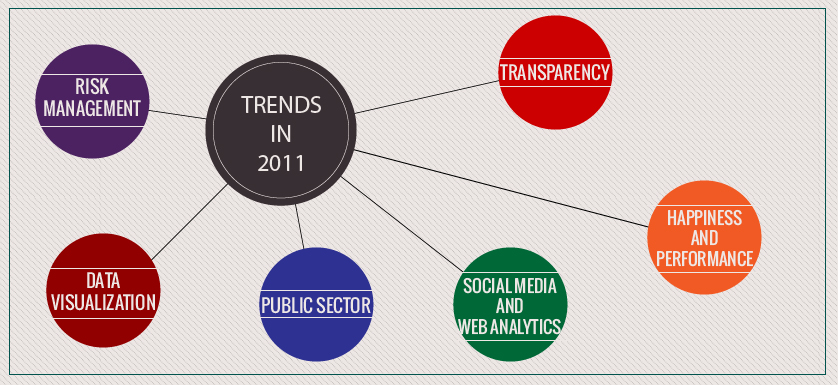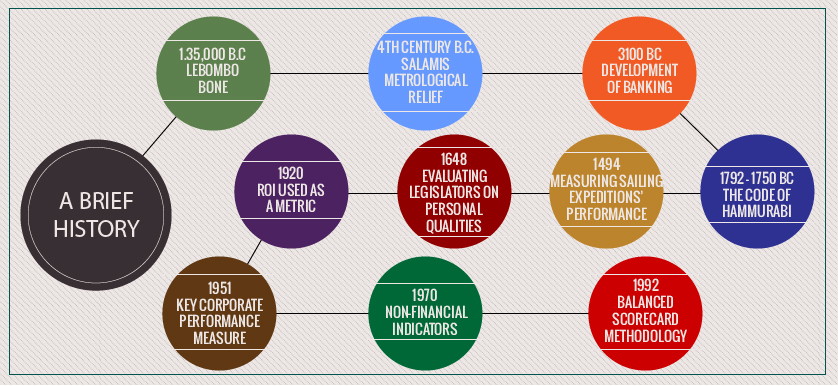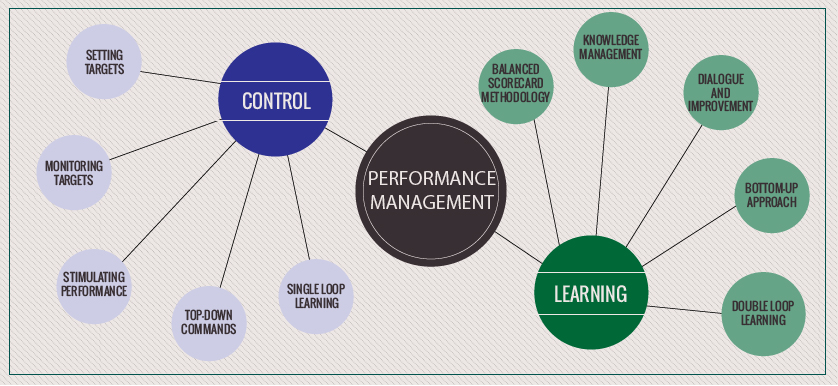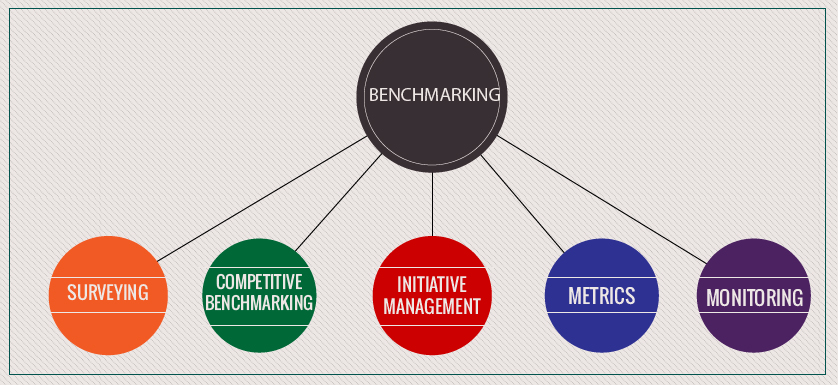6 Performance Management trends in 2011
smartKPIs.com Performance Architect update 38/2011
As we are half way through 2011, it is an excellent time to take stock of the trends shaping up in the performance management space this year.
Get the opportunity to grow your influence by giving your products or services prime exposure with Performance Magazine.
If you are interested in advertising with Performance Magazine, leave your address below.

As we are half way through 2011, it is an excellent time to take stock of the trends shaping up in the performance management space this year.
As I review organizational identities, I found it interesting that the Corporate / Company Philosophy is often used by Japanese companies as a tool to present corporate identities. On Japanese companies’ websites, this term appears much more frequent than tools such as Values, Vision, Mission . Comparatively, this concept is seldom seen on company websites from other parts of the world.

Measurement is in the realm of mathematics. It is about keeping track, about establishing dimensions. Some of the earliest measurement activities in human history track back to 35,000 B.C. (Lebombo bone) and 9,000-6,500 B.C. (Ishango bone). Researchers consider them the first measurement tools in human history used for measuring intervals of time.

The following is an excerpt from a conference paper presented at the 2009 Performance Measurement Association Conference in Dunedin, New Zealand. An edited version of the paper was published in the Measuring Business Excellence Journal in 2010 (vol. 14, No. 1), under the title: “Rediscovering performance management: Systems, learning and integration“.

Benchmarking as a management concept is reported to have its roots in land surveying, where the altitude of objects is estimated based on a pre-established point of reference on an arbitrary landmark (McNary, 1994). Frederick Taylor is reported to be the first to use benchmarking along with other principles in a business enterprise to improve performance. Elements of benchmarking can be recognized in Taylor’s scientific management approach applied during his time at Bethlehem Steel Company (McNary, 1994), popularized in “The Principles of Scientific Management” .